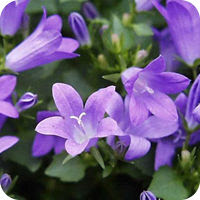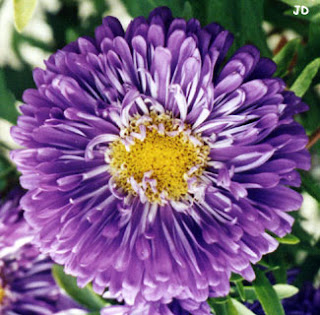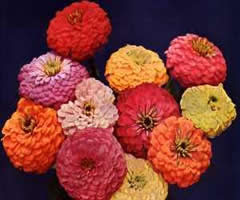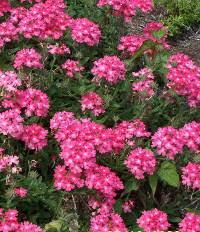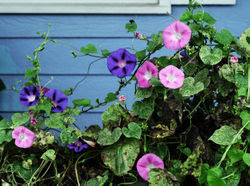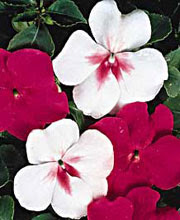
Wow! Make a huge splash in your garden with these super-sized blooms. Only a few plants will provide lots of color. BigShot pansies are easy to grow and care for. They are ideal for planting in early spring. As soon as you can dig the soil in your garden, you can plant BigShot pansies. They will withstand the light, recurring frosts associated with early spring or fall weather.
Planting & Care
BigShot Pansies are available in early spring and available in early spring and in fall if you live in the Southern US.
Space out plants about 5 inches apart, or closer if you want a very full appearance. Work slow release fertilizer into the soil prior to planting, or use liquid fertilizer at time of planting and every 2 weeks to encourage more blooming. Deadheading (removing spent blooms) can also provide more blooms over the season. Keep the plants from drying out with regular watering.
Spring Planted:
As it gets hotter, BigShot pansies, like all pansies, will start to develop longer stems and fewer, smaller blooms- referred to as ‘getting leggy’. By planting your summer annuals around your BigShot pansies, you can start to remove the BigShot pansies as they get leggy and your summer annuals get bigger and fuller. This gives you a colorful garden from early spring until fall.
Fall Planted: (Southern States Only)
You can plant BigShot pansies in September or October to add new life to your garden and extend its season through any frost you might get where you live. Depending on your location and weather variances, your BigShot pansies may continue to bloom and look great all winter. You will most likely want to plant new BigShot pansies in early spring for best blooms.
Colors and Ideas
BigShot pansies come in shades of yellow, blue, white, red and purple. With their contrasting dark ‘faces’ you will find they provide dramatic interest to any garden. Any combinations of these colors look great- and consider pairing BigShot pansies with other early spring favorites such as tulips and daffodils. Yellow blooms can be seen from far away, so keep that in mind when you’re planting. If you put yellow plants in a dormant corner of your garden, you’ll instantly brighten it up!
Don’t restrict yourself just to garden beds! BigShot pansies are ideal for container plantings. Consider filling your weather-proof container with BigShot pansies to enjoy through colder temperatures at your front door or patio.









